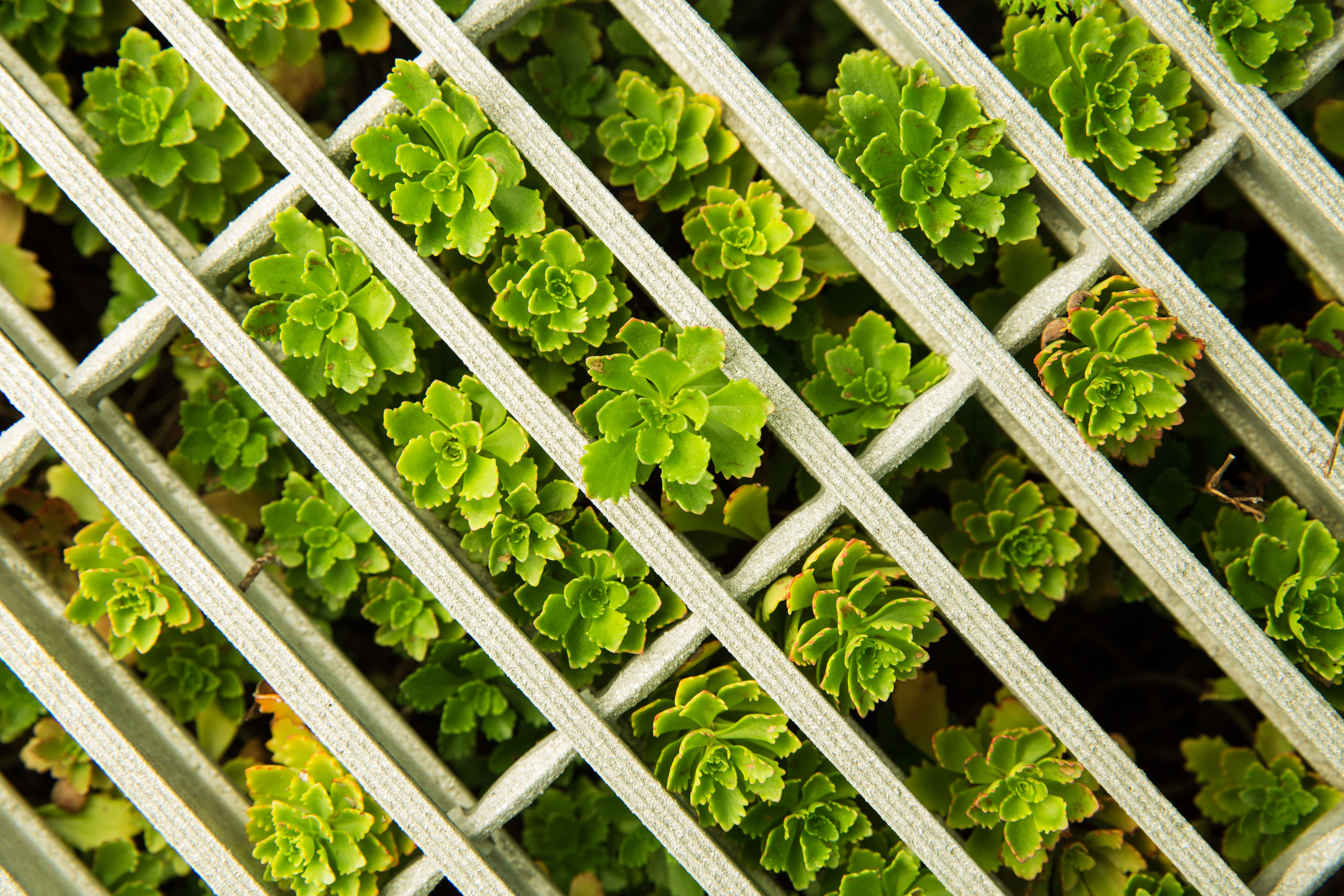Green Roofs in NYC
TNC and partners have released the most comprehensive estimate of the footprint of green roofs in New York City.
A New York City rooftop isn’t a surprising place to find a superhero, but a new crop of champions is sprouting up on city buildings to combat sinister threats from large rainstorms, heat waves and global climate change. Those champions are green roofs.
Working with partners in the Green Roof Researchers Alliance, The Nature Conservancy has released the most comprehensive estimate of green roofs in New York City. The project merges publicly available data with remote sensing technologies to create data and maps that help better understand this asset and can be used to guide policymaking and city planning.
Green roofs absorb heavy rains and give buildings an extra layer of insulation, which can keep indoor spaces more comfortable while increasing energy efficiency and lowering carbon footprints. What’s more, they combat urban heat island effect and improve the quality of the air we breathe.
“Awareness of the benefits of green roofs has been growing,” said Dr. Michael Treglia, an urban spatial planner with The Nature Conservancy. “But until now we lacked a basic understanding of how many green roofs we have, and where in the city people may or may not be benefitting from them.”
-

Measuring the Footprint of Green Roofs
Working with partners in the Green Roof Researchers Alliance, The Nature Conservancy has released the most comprehensive estimate of green roofs in New York City. See the Data
The Superpower Potential of Green Roofs
One important finding of the mapping project is the size of the opportunity. New York City is home to about 730 buildings with green roofs. It’s a great start but represents just 60 acres of the 40,000 acres of rooftop space available (or less than 0.1% of NYC’s 1 million buildings). So, there’s room to grow, quite literally.
The mapping project also revealed that green roofs vary dramatically in size and form—from the Javits Center’s 6.5-acre green roof to urban farms like the Brooklyn Grange, to smaller plots atop schools and apartment buildings.
And each green roof has multiple superpowers. Green roofs can grow food and create jobs. They absorb rainwater, reducing stress on water treatment systems that can discharge sewage when overloaded. They decrease air pollution and save energy costs. Some provide habitat, educational opportunities and open space in the crowded city.
Beating the Heat
But a key question remaining is how to better use green roofs to combat one of the greatest threats facing New Yorkers: urban heat island effect.
Temperatures in cities can run as much as 22 degrees Fahrenheit hotter than suburban or rural areas nearby. According to the Centers for Disease Control and Prevention, more Americans die from heat waves than all other natural disasters combined yet they receive relatively little public attention.
“Green roofs can benefit heat-vulnerable communities by reducing ambient temperatures and providing an additional layer of insulation to increase cooling efficiency in the summer, and even heating efficiency in the winter,” added Treglia. “But our project revealed that most green roofs are in Manhattan, particularly in midtown and downtown, whereas areas identified as heat vulnerable have relatively few.”
This is just one example of how filling the data gap can help reveal equity issues and guide future siting for the greatest impact.
Up, Up and Away
Of course, not all buildings are suitable for green roofs so as legislation and funding programs are developed to expand and incentivize green roofs, we must get a better handle on the potential for green roofs in NYC. From there, The Nature Conservancy and others can help ensure that policies and goals are based on ambitious, realistic projections and that they reach the areas that need them most.
Rooftops have incredible potential to increase the resilience of cities, contribute to the fight against climate change and improve the quality of life for people in New York and around the world. Protecting and restoring green space on the ground is essential, but with limited room to green we must also look up for solutions.




